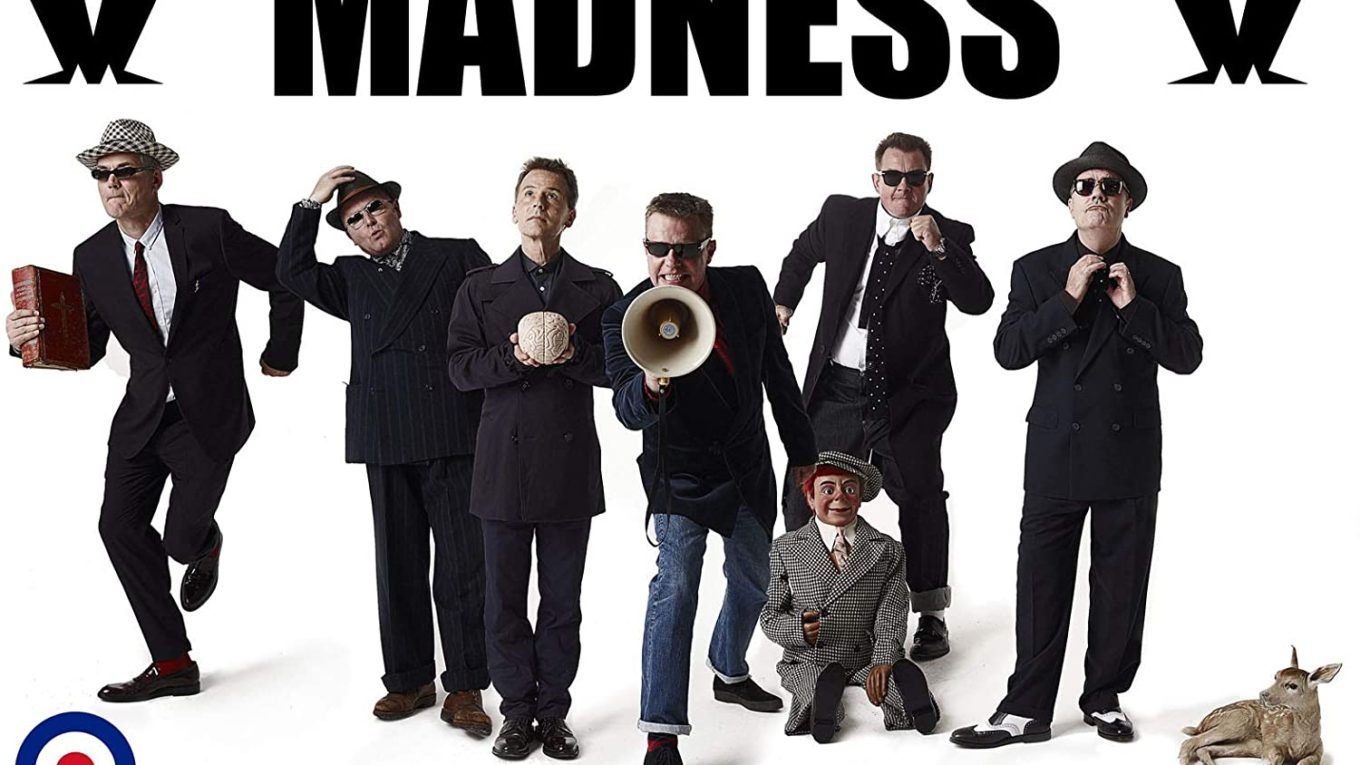Madness Albums Ranked
Madness is an English ska band from Camden Town, North London, who formed in 1976. One of the most prominent bands of the late 1970s and early 1980s two-tone ska revival, they continue to perform with six of the seven members of their original line-up. Madness’s most successful period was from 1980 to 1986, when the band’s songs spent a total of 214 weeks on the UK Singles Chart. (UB40 shared the same number of weeks, the largest for any British group in the decade, but over a longer period.) Here are all of the Madness albums ranked
Don’t miss out on the TIMELESS Madness Clark Five music below! Click to experience the best-selling band in UK history!.
10. Madness (1983)

“Madness was an American compilation album of tracks from various Madness albums that were not previously released in the States. The album pulled heavily from 7 and The Rise & Fall with a little Absolutely thrown in for good measure, two non-LP singles, and one track from their debut, One Step Beyond.”
9. Mad Not Mad (1985)
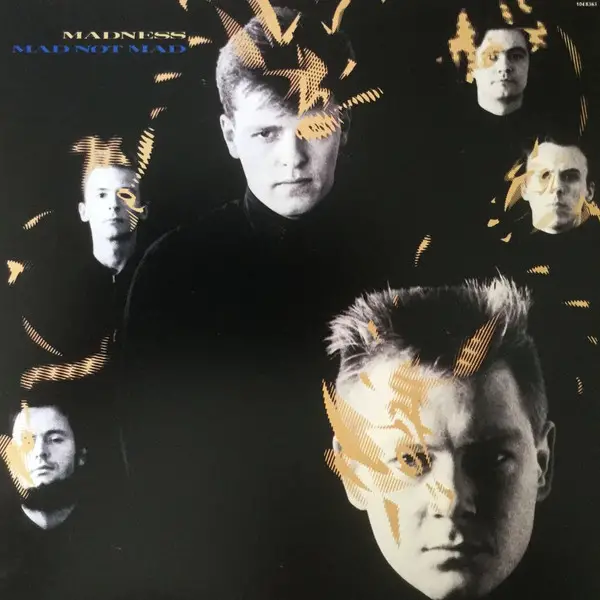
“Mad Not Mad is more downbeat than the previous albums by Madness. “Yesterday’s men hang to today to sing in the old-fashioned way it must get better in the long run”. The album is quite musical and contemplative but everything is done in halftones”
8. 7 (1981)

“While still very much a ska band, 1981’s 7 saw Madness opening the door a bit to a poppier, less dancehall-oriented sound, resulting in their best material (in my opinion) up to that point. The basis of the music was still very true to their sound; even more so, in fact, as the sound allowed even more of the ‘nuttiness’ to show itself. Like their previous material, this is very fun music, and it’s more structurally sound than ever before.”
See more: Tracy Chapman Albums Ranked
7. Divine Madness (1992)
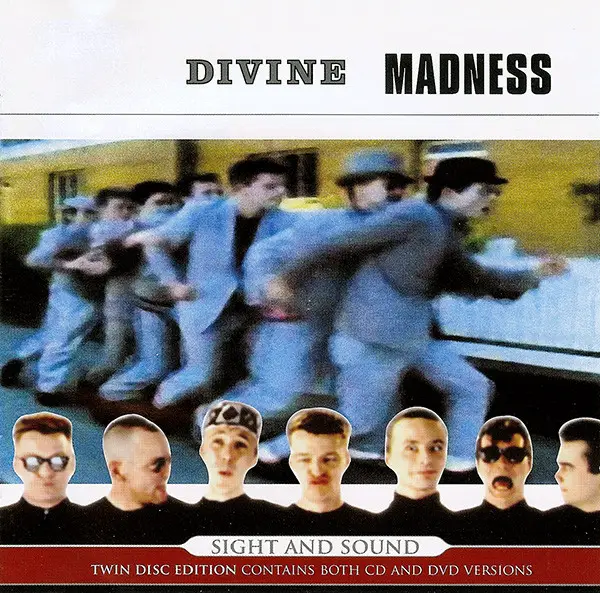
“The good outweighs the mediocre or cringeworthy (I like Driving in my Car etc) and its great to see them growing and developing as an act from their skinhead ska sound to their more accessible pop. All the time feeling their deep influences and not-overpowering-but-there social conscience lining up behind them to stop them falling over backwards.”
6. Keep Moving (1984)

“Yeap, first their album that you can listen as a whole, not only hits & some fulfillment here & there. You can listen to the whole album from the beginning to the end without getting bored. The only problem is that two hits are still the best ones.”
5. The Liberty Of Norton Folgate (2009)
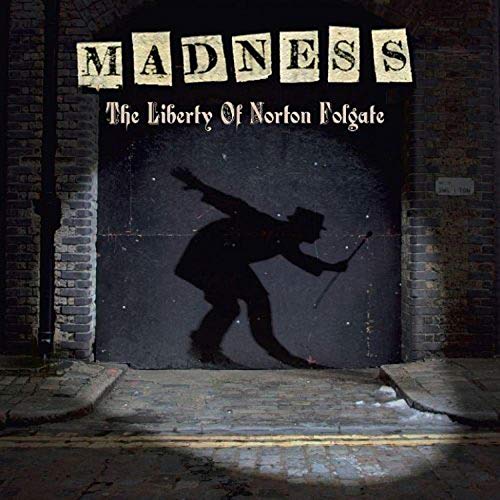
“The Liberty of Norton Folgate album begins with the brass band overture like they used to play in the middle of the last century in the public parks. The rest of the album is fourteen tales of London – of lives and loves there. Songs are very mellow and the music is of the highest quality though I’m afraid they suit best not the young but listeners from the same generation as members of Madness and I myself have got great kicks from this opus. The ending suite “Norton Folgate” is no less than magnificent and it deservedly crowns the whole album.”
See more: Thompson Twins Albums Ranked
4. The Rise And Fall (1982)
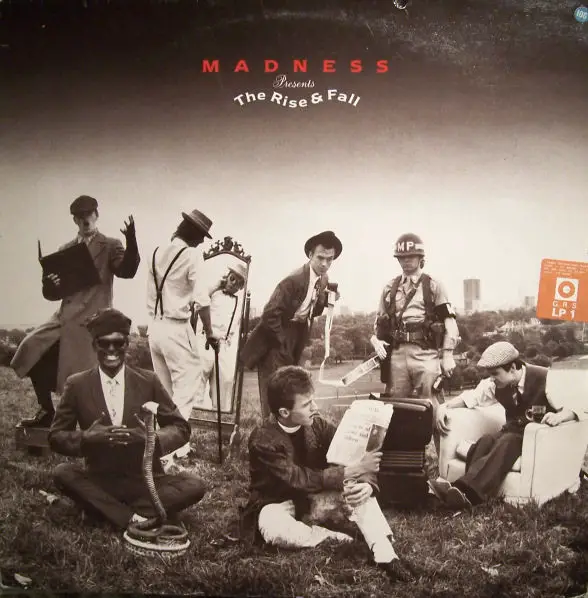
“The first four songs on this album are unstoppable British pop in a new wave style, more similar to “Oliver’s Army” (particularly with the piano flourishes on the title track) than to any two-tone band. “Our House” is also a perfectly-written single. The rest of the album, sadly, isn’t all that hooky, though it keeps up the impersonal atmosphere well enough.”
3. Complete Madness (1982)
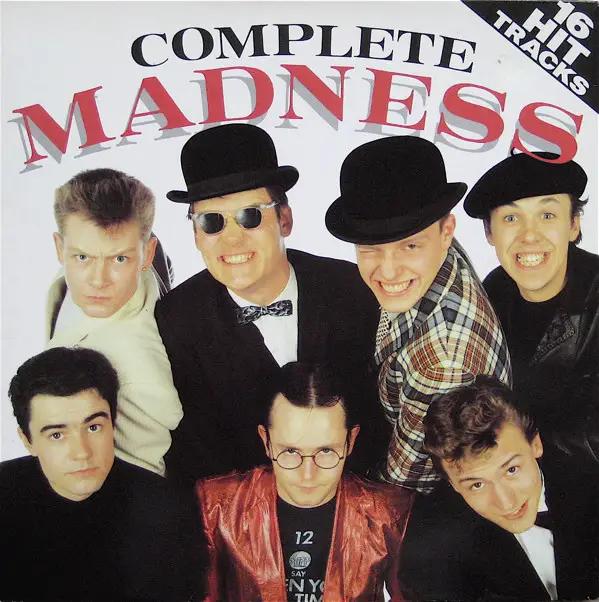
“A great compilation of their earlier work, this is a band which I honestly only knew from “Our House” so it’s a bit of a revelation to listen to a greatest hits album from before that song was released. There’s not a bad song on here.”
2. Absolutely (1980)
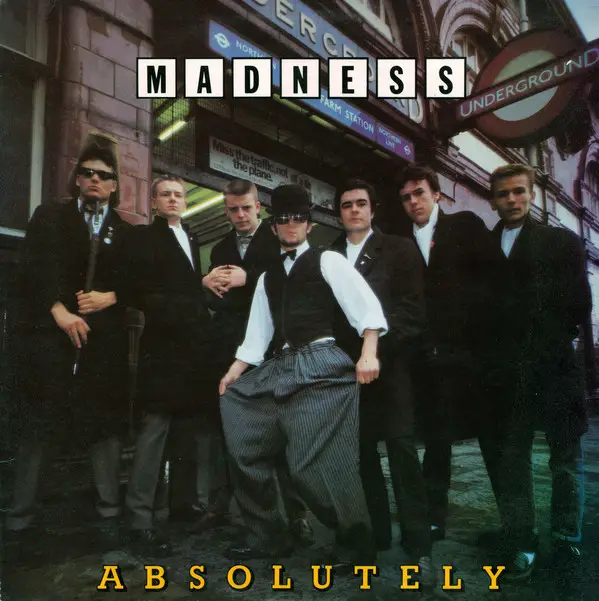
“Absolutely is far from a bad album. They even tried to fix up a few issues that plague their debut. This is predominantly found in the fact that they might have taken their attack that their songs all sound the same. Each song here goes for a different melodies and they are all unique and enjoyable.”
1. One Step Beyond… (1979)
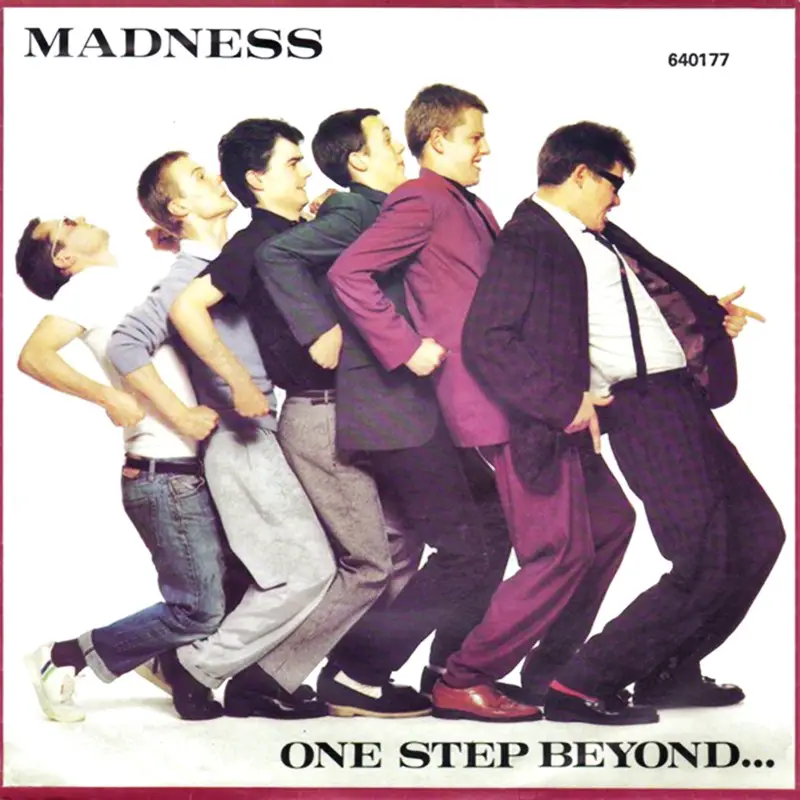
“The album is introduced in an original style. The sound itself is introduced as if it were some diversive from a type of music that took itself too seriously, or too violent, as it was in those years. This was music for every young kid that wanted to dance and have a good time in a somewhat tasteful way. As a matter of fact, there are many social references, but what strikes is mostly the way in which the songs are carried across phonetically.”

